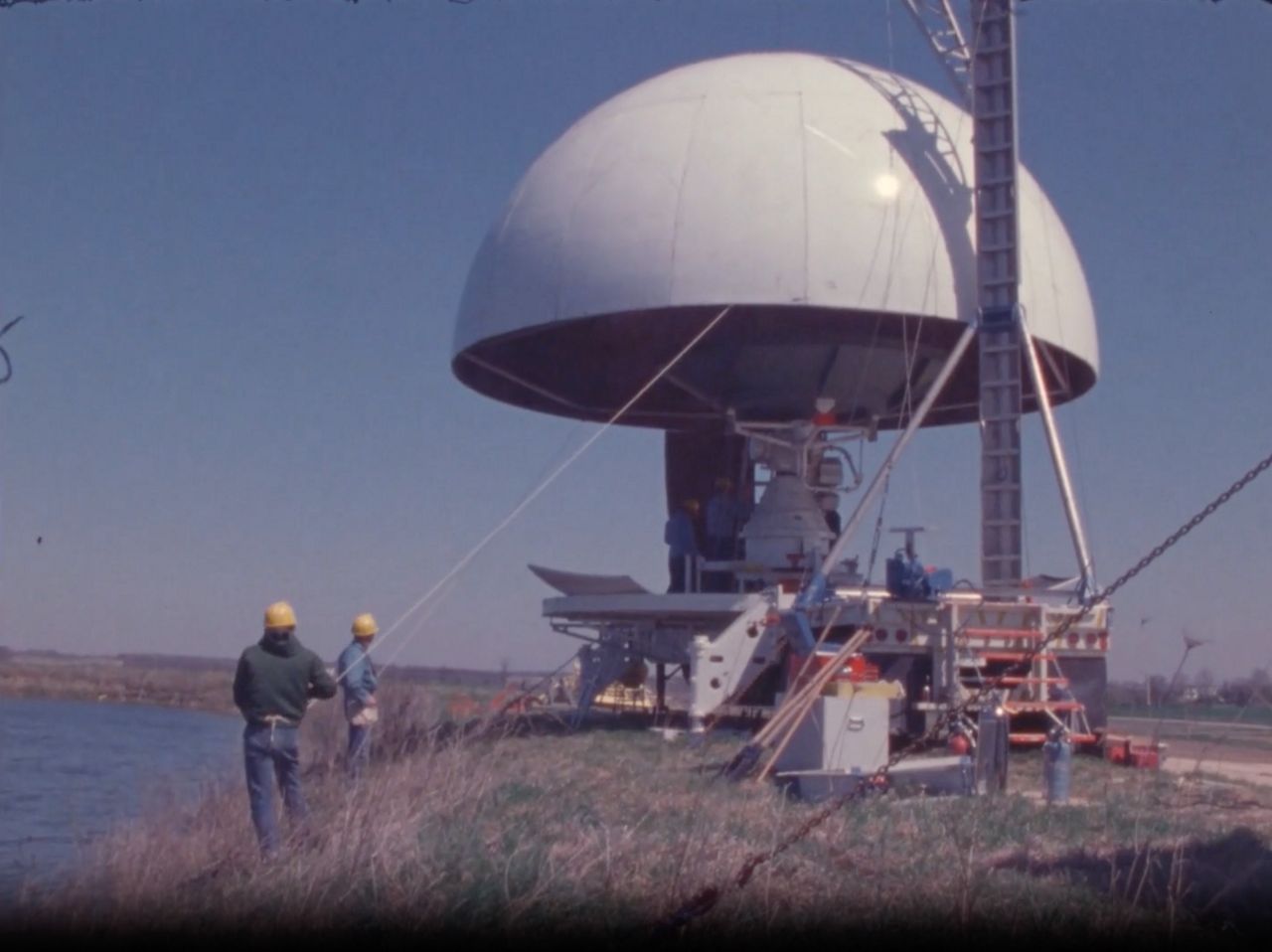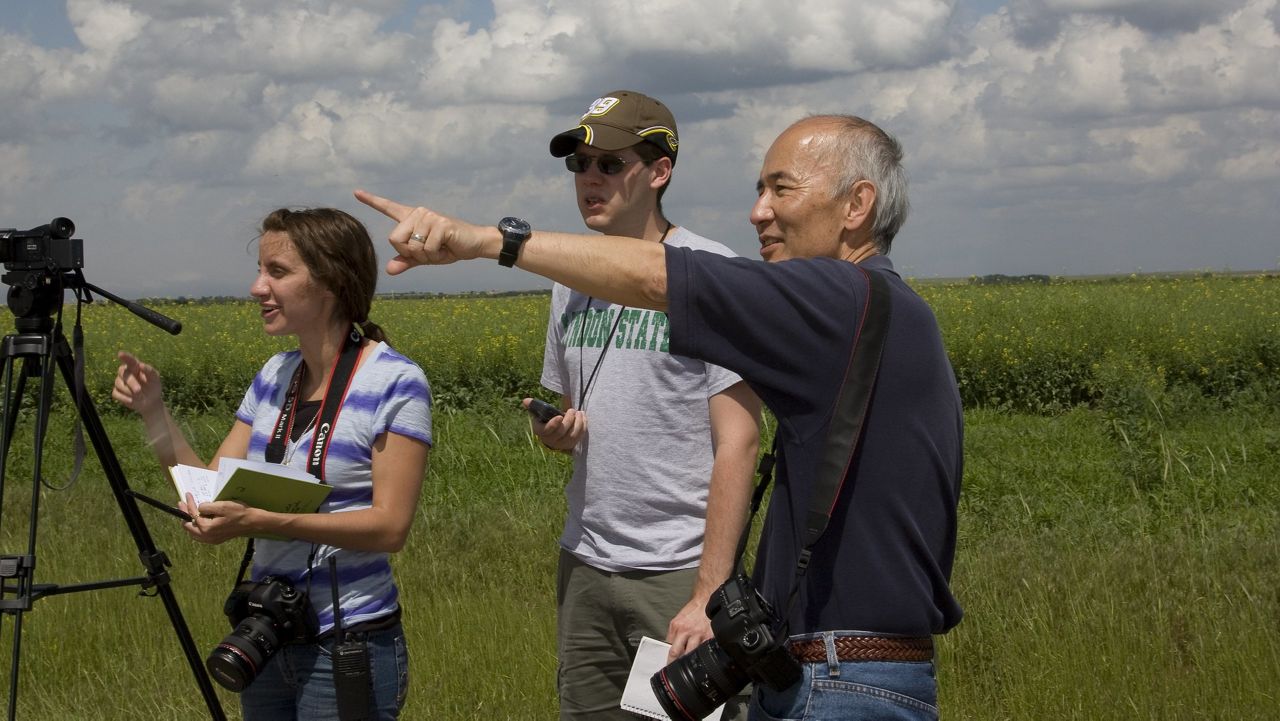It may seem like an unbelievable problem, but thunderstorms used to send planes mysteriously crashing to the ground, with tragic consequences.
From just 1975 to 1985, three such disasters in the U.S. killed over 400 people. But this phenomenon hasn’t downed a domestic aircraft since 1994–nearly 30 years ago.
Dr. Roger Wakimoto is one of the scientists we can thank for making air travel so much safer. And while that would be enough of a legacy for most, he’s now helping today’s generation of researchers succeed.
On June 24, 1975, Eastern Air Lines Flight 66 crashed on approach to New York City’s JFK International Airport. The National Transportation Safety Board found intense winds were likely responsible.
Dr. Ted Fujita, known for his tornado research, suggested that “downbursts” rushing out the bottom of thunderstorms were causing this deadly wind shear.
He got to work and, in 1978, began Project NIMROD (Northern Illinois Meteorological Research on Downbursts). Wakimoto was one of Fujita’s students at the time and worked on the experiment. But the weather community wasn’t fully on board with the idea of downbursts when the team collected observations.

“The field phase of NIMROD occurred during a time when a number of people thought that microbursts did not exist. The results from NIMROD were instrumental in changing that narrative,” says Wakimoto.
That narrative changed after they found the evidence they were looking for. Wakimoto later assisted with two other experiments in Colorado and Alabama, which gave them even more proof of thunderstorms blasting wind down to the ground.
All commercial aircraft were eventually fitted with radar to help pilots see dangerous winds, and numerous airports have Doppler radars to detect those same hazards near their runways.

Wakimoto tells us he "was amazed at the quick transition from research results into improved detection of these events and training for pilots that essentially solved a problem that was plaguing the airline industry. Aircraft were literally falling out of the sky and we helped prevent that from happening."
Wakimoto had fingerprints on the big storm-related experiments in the following three decades. Two of them, VORTEX (1994-1995) and VORTEX2 (2009-2010), focused on learning more about tornadoes.
Wakimoto says he was especially proud of being the first principal investigator to use a particular airborne radar system.
“Some people… were unconvinced that this rapidly scanning radar would work, so I felt a great deal of pressure to make sure that it succeeded. [It] operated beyond my wildest dream and I believe data collected on severe storms, supercells and tornadoes from almost every flight have been analyzed by a long list of scientists.”
Wakimoto is now the Vice Chancellor for Research and Creative Activities at UCLA, returning to the university where he taught from 1983 to 2005. He also spent time as a leader at both the National Science Foundation and National Center for Atmospheric Research.
At UCLA, he has influence over policies and priorities that affect thousands of students. “I don’t take these responsibilities lightly, so I always endeavor to make choices that I believe will benefit the entire community,” he says.
Wakimoto has seen the value of bridging research across disciplines; when returned to UCLA, he added the “creative activities” part to his job title.
Increasing diversity is also one of his priorities. He acknowledges it takes time and commitment and adds he’s working to partner with a historically Black college/university and is excited about the possibilities that may bring.
The headwinds the Project NIMROD team faced in the 1970s showed Wakimoto the importance of sticking to what you believe in when you have evidence backing you up. It worked out then and has done so throughout his impressive career.
Our team of meteorologists dives deep into the science of weather and breaks down timely weather data and information. To view more weather and climate stories, check out our weather blogs section.



